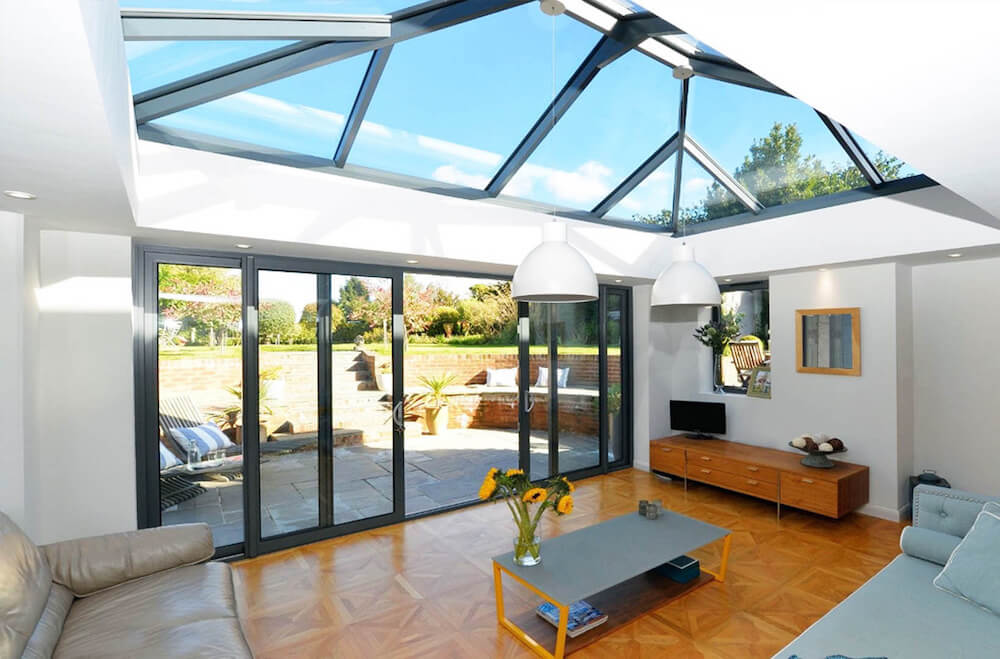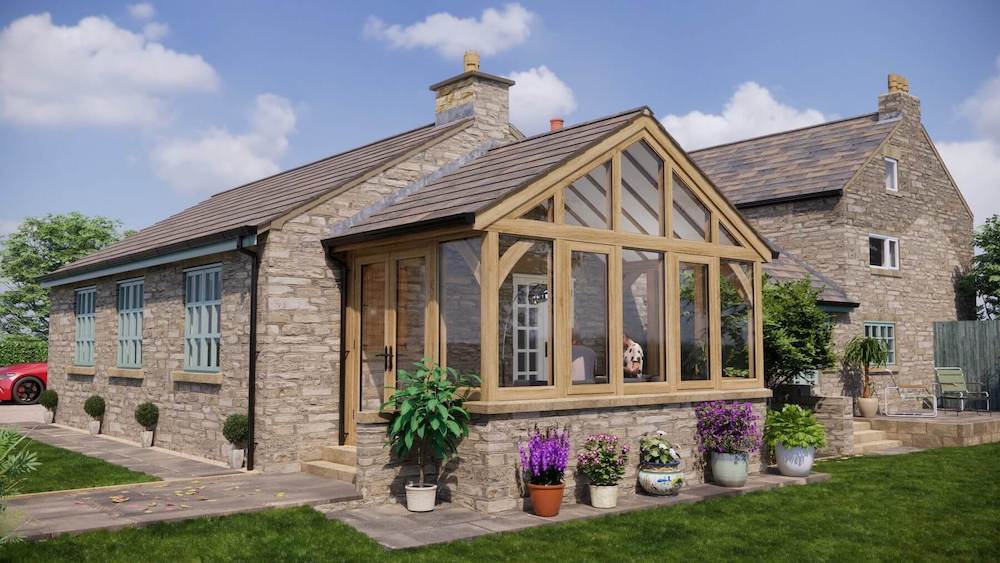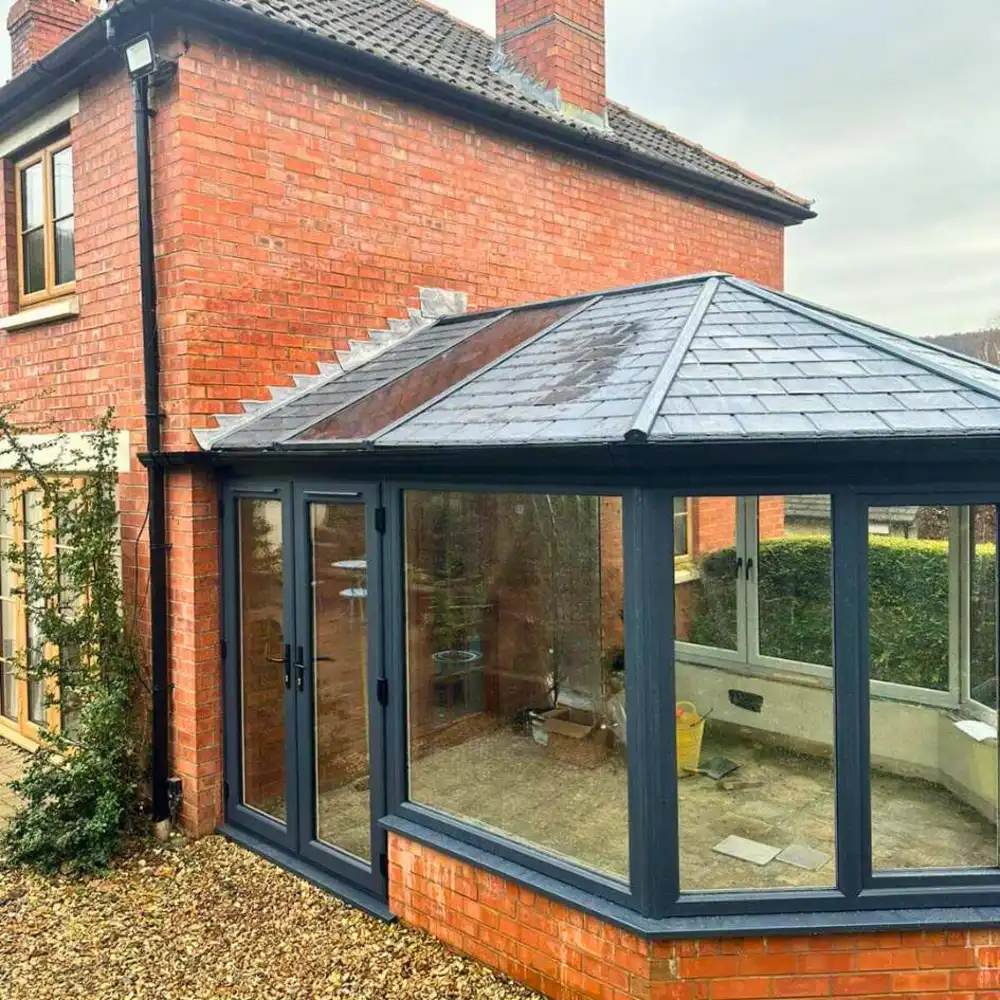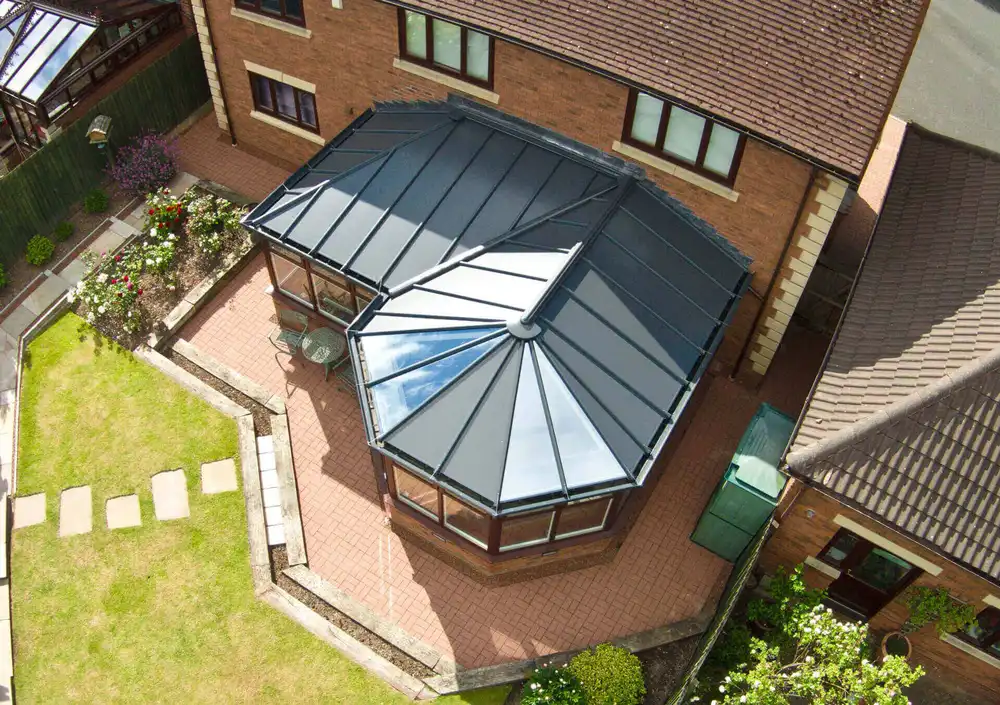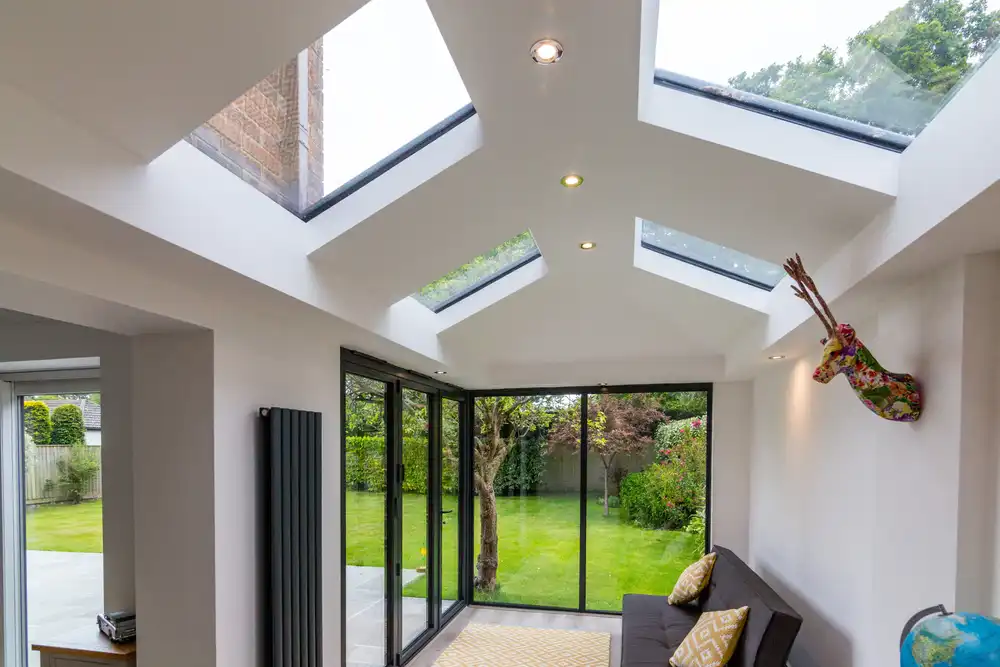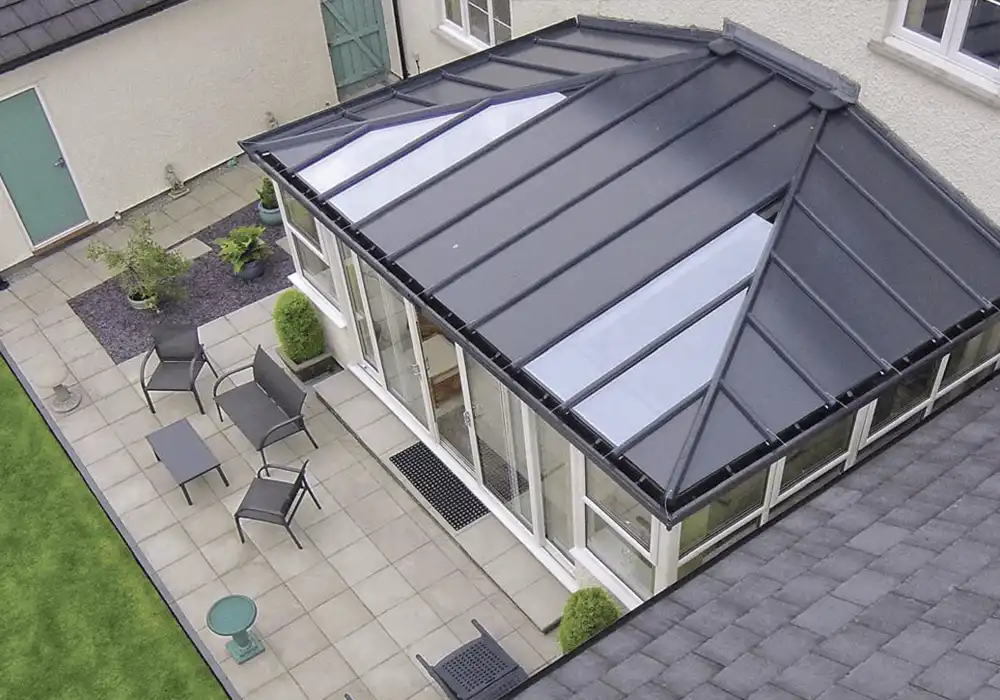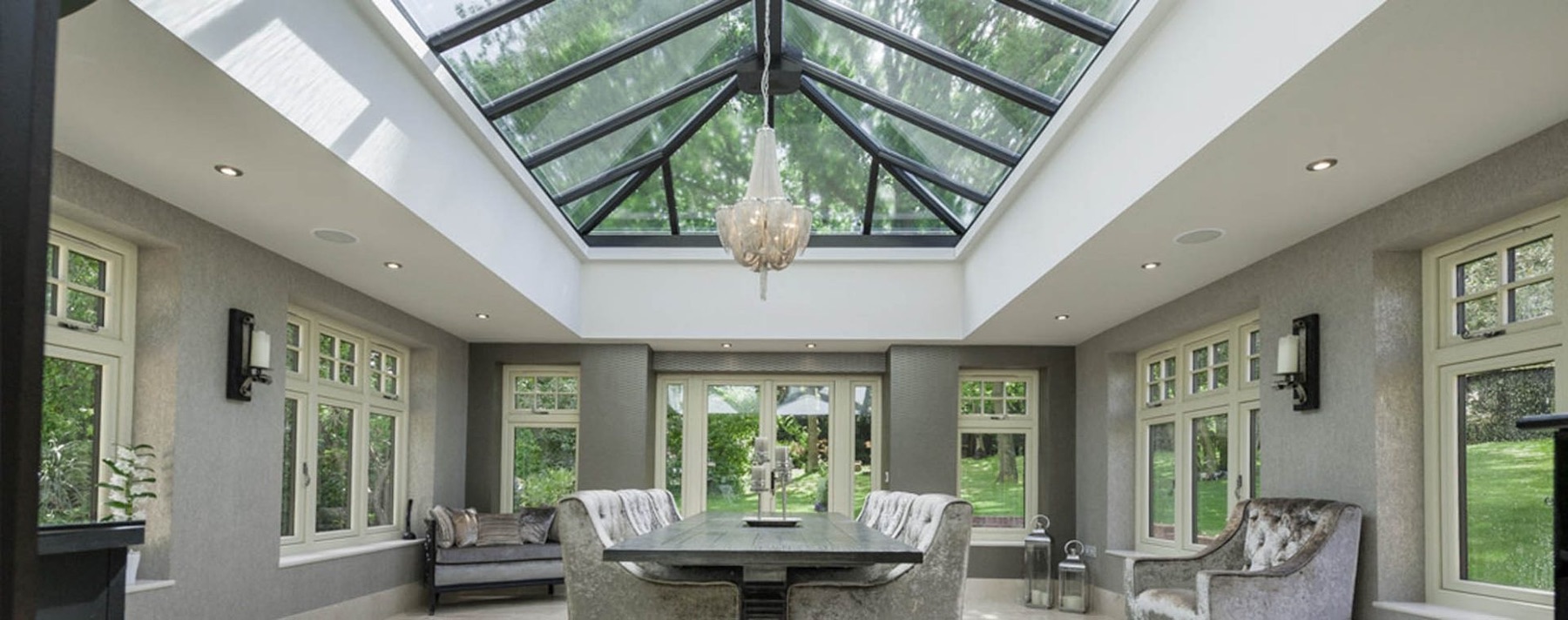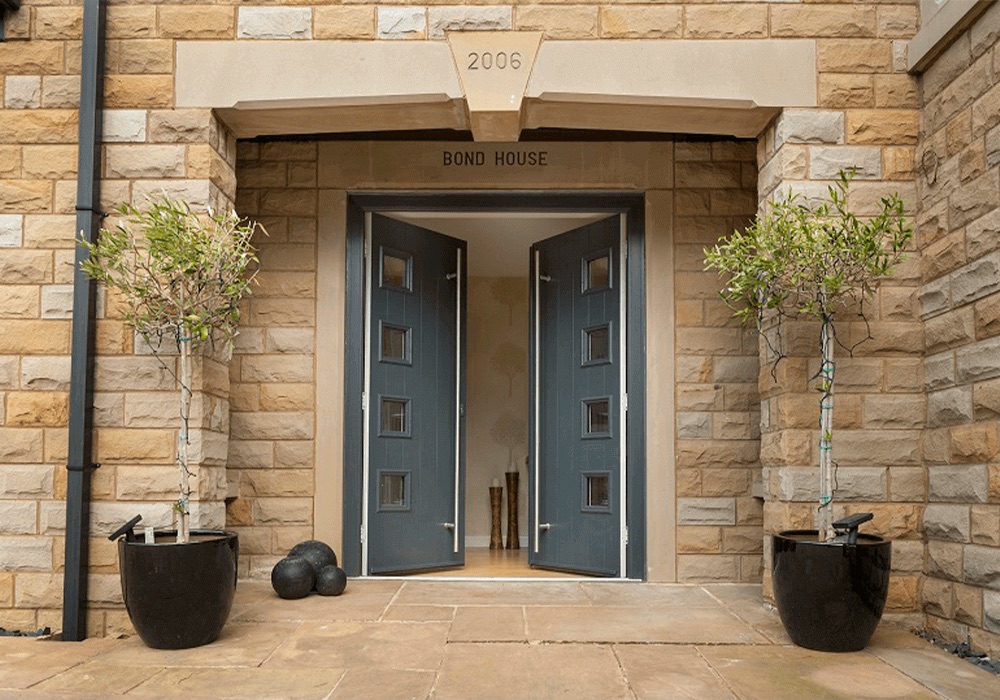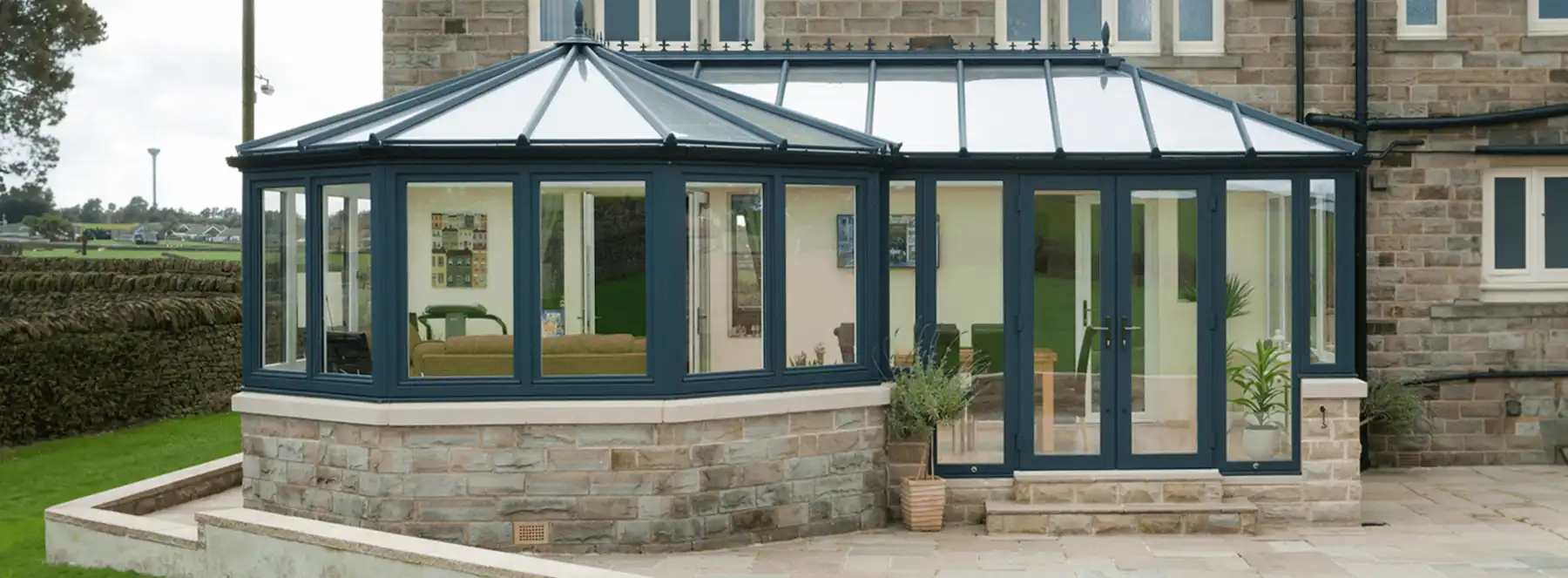What Is the 4-Year Rule for Conservatory Planning Permission?
- 21 Nov 2025|
- News|
- Posted by admin-littleconservatory

Homeowners often hear about a “4-year rule for conservatories” and assume it means they can build without planning permission and be safe after four years. In reality, that rule was always about planning enforcement, and in England the main time limit is now generally 10 years, not four.
This guide explains what people mean by the “4-year rule”, how the current rules work, how conservatories usually fall under permitted development, and why building regulations still matter.
At The Little Conservatory Company, we design and build bespoke conservatories across Cheltenham and Gloucestershire, handling planning and building control requirements for you wherever they apply.
Quick Answer: What Was the 4-Year Rule?
Historically in England, the “4-year rule” was a planning enforcement time limit:
If certain unauthorised building works – such as a conservatory built without required planning permission – had been substantially completed and in continuous use for four years without enforcement action, the local authority would usually lose the right to order its removal.
Many owners then applied for a Lawful Development Certificate (LDC) to confirm the structure was lawful in planning terms.
From 25 April 2024, most new breaches of planning control in England have a 10-year enforcement period. Some older developments may still benefit from the historic four-year rule, but you should not rely on “waiting it out” as a strategy.
Conservatories and Permitted Development Rights
Most conservatories are treated as single-storey rear extensions. For many homes, they can be built under permitted development rights (PD) – so no full planning application – if strict limits and conditions are met.
Typical checks for a rear conservatory under PD
Subject to your property and local designations, a rear conservatory may fall under PD if:
- It does not project forward of the principal elevation (the main front of your home).
- It is single storey, with a maximum height of around 4m at the ridge and suitable eaves height near boundaries.
- The projection from the original rear wall is within standard limits for a simple rear extension:
- Up to 4m for many detached houses.
- Up to 3m for many semi-detached and terraced houses.
- All extensions and outbuildings together do not cover more than 50% of the land around the “original house” (the plot excluding the original house itself).
- External materials are broadly similar in appearance to the existing property where required.
In some cases, larger single-storey rear extensions – up to 6m for attached houses or 8m for detached – may be allowed using the larger home extension / prior approval process. This is separate from simple PD and involves notifying neighbours and the local authority.
At The Little Conservatory Company, we assess every design against the latest rules and advise whether it can proceed under PD or needs a planning application.
Planning Permission vs Permitted Development
In simple terms:
Permitted development lets certain conservatories go ahead without a full planning application if every rule is satisfied.
Planning permission is needed where your design falls outside PD limits or where rights have been restricted or removed (for example on some listed buildings or under Article 4 Directions).
If your conservatory fits PD, you normally only need building regulations approval. If it does not, we can prepare and submit a full planning application or an LDC so you have written confirmation from the council.
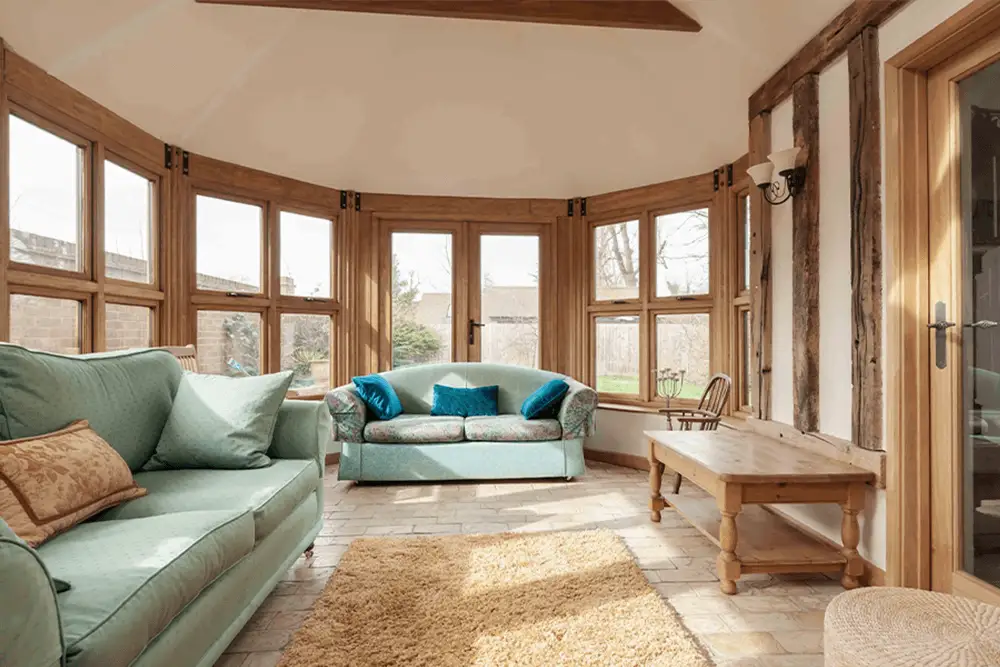
How the 4-Year Rule Relates to Enforcement
The phrase “4-year rule for conservatories” has always been about enforcement, not about how long you have to finish building.
Two questions matter:
- Did you need planning permission?
That depends on whether the project is PD. - What if you built without the permission you needed?
That is where enforcement time limits apply.
Previously, some unauthorised development became immune from enforcement after four years. From April 2024, for new breaches in England, a single 10-year period normally applies. Transitional rules mean some older conservatories may still benefit from the former four-year period, but this is technical and date-dependent.
For most homeowners, the key point is:
It is far safer to confirm the planning status properly than to hope an enforcement deadline has quietly expired.
If you already have a conservatory with uncertain planning history, an LDC or retrospective application is usually safer than doing nothing, especially if you intend to sell.
Building Regulations: Separate but Essential
Planning decides whether your conservatory is acceptable in principle. Building regulations decide how it must be built – structure, insulation, fire safety, ventilation, electrics and more.
Even if your conservatory does not need planning permission, it may still:
- Need building regulations approval, or
- Have to meet strict criteria to be treated as exempt.
When a conservatory is more likely to be exempt
A conservatory is more likely to be exempt from most parts of building regulations if all of the following apply:
- It is at ground level and single storey.
- The internal floor area is under 30m².
- It is clearly separated from the main house by external-quality doors, windows or walls (thermal separation).
- It has an independent heating system with its own controls (the main central heating is not simply extended).
- Glazing and any fixed electrical work still meet relevant safety standards.
Traditional fully glazed designs are often closer to this classic “exempt conservatory”. Where a new conservatory forms a large, open-plan extension to the main house, or is heavily insulated and integrated, building control will usually treat it like a conventional extension instead. In that case, full building regulations approval, inspections and a completion certificate are normally required.
The Little Conservatory Company works with local building control teams to ensure every project either clearly meets the exemption criteria or follows the correct approval route, so you have the paperwork you need when you come to sell.

Do You Need to Speak to Your Local Authority?
Use this quick checklist:
- Sensitive location?
- Conservation area, National Park or Area of Outstanding Natural Beauty.
- Listed building status or an Article 4 Direction.
These can restrict or remove PD rights.
- Within standard PD limits?
- Rear projection within the usual 3–4m range and height around 4m for a single-storey rear extension.
- All extensions and outbuildings together cover less than 50% of the land around the original house.
- How does it join the house?
- Separate room with doors = more chance of being treated as an exempt conservatory.
- Open-plan space = more likely to require full building regulations approval.
- Need certainty?
- Consider a Lawful Development Certificate or pre-application advice.
- If your design cannot fit within PD limits, plan for a full planning application.
We routinely guide clients through these steps and prepare any drawings or documentation their council requires.
FAQs About the 4-Year Rule and Conservatories
Does the 4-year rule still apply in 2025?
For new breaches in England, the main enforcement period is now 10 years, not four. Some older developments may still fall under the historic 4-year provisions, depending on when they were completed. Because this is technical and date-dependent, it is wise to seek specific advice rather than rely on assumptions.
My conservatory has been up for years without permission – what should I do?
If the planning status is unclear, the safest steps are usually to:
- Apply for a Lawful Development Certificate to confirm it is now lawful, or
- Submit a retrospective planning application if permission was needed but never obtained.
Doing nothing and hoping the council never investigates can cause problems, particularly when you come to sell and buyers’ solicitors ask for evidence.
Does the 4-year or 10-year rule remove the need for building regulations?
No. Enforcement time limits relate to planning control, not building regulations. A conservatory can be immune from planning enforcement yet still cause issues if it does not meet building regulations or if you cannot produce suitable certificates for future buyers.
Why Choose The Little Conservatory Company?
The planning system – and the so-called “4-year rule for conservatories” – can be confusing, especially now enforcement periods have changed.
Working with The Little Conservatory Company gives you an experienced local team to:
- Check whether your conservatory can proceed under permitted development or needs planning permission.
- Handle any planning applications or Lawful Development Certificates on your behalf.
- Coordinate building regulations approvals and inspections, or design within exemption criteria where appropriate.
- Deliver a bespoke conservatory that enhances your home and comes with the right technical and legal foundations.
If you are considering a new conservatory in Cheltenham or the wider Gloucestershire area, we can explain exactly how the current rules apply to your home and help you create a bright, comfortable space you can enjoy for many years.


